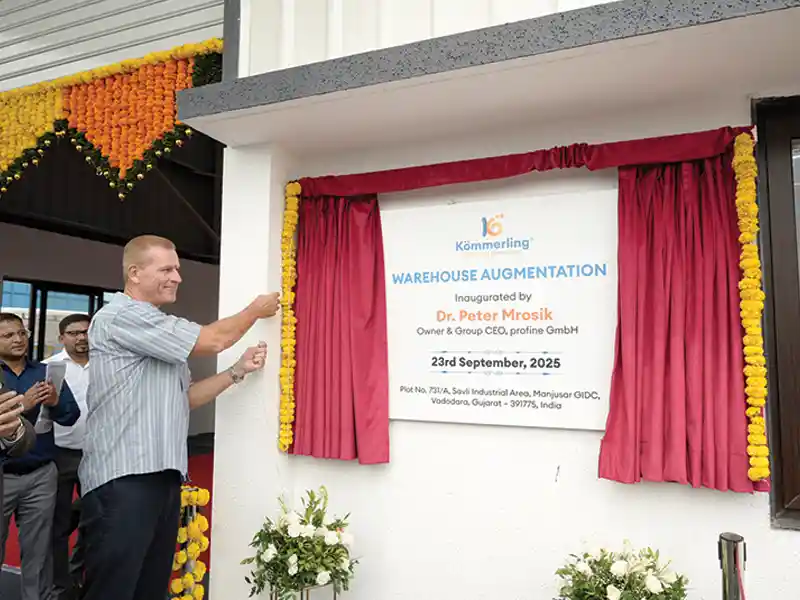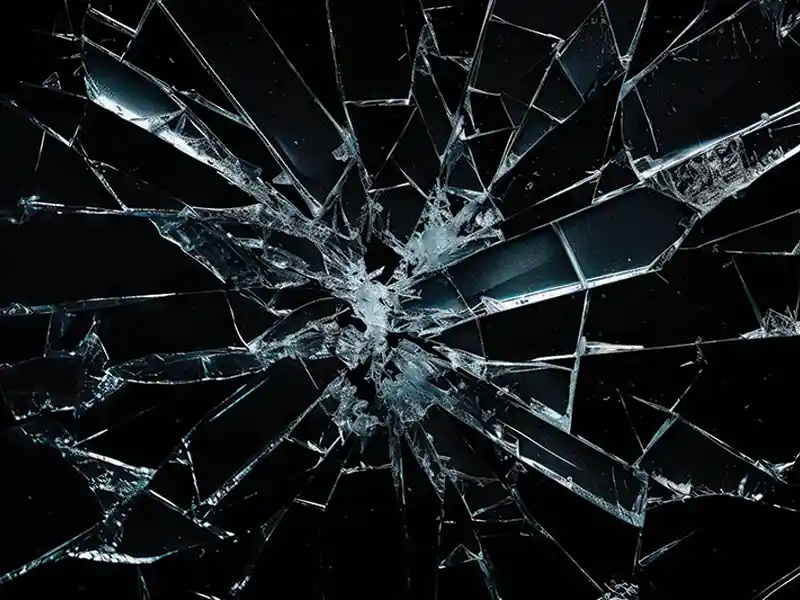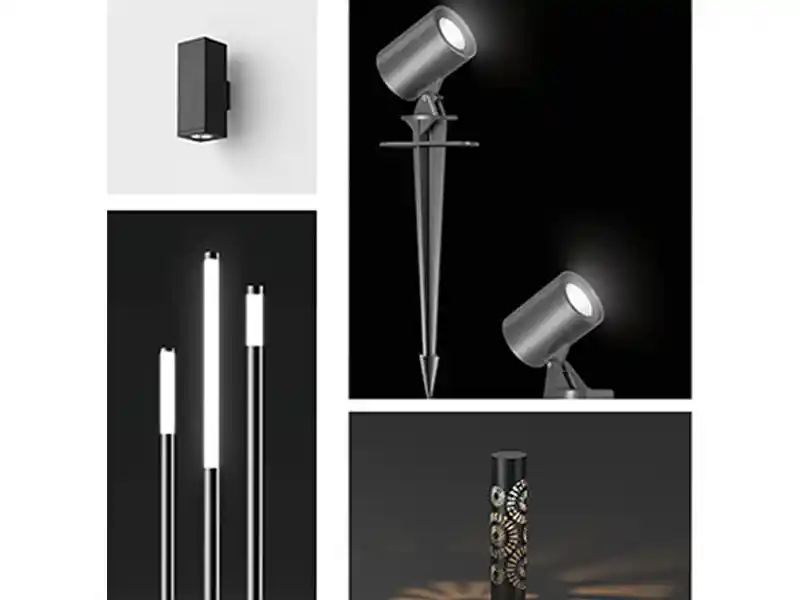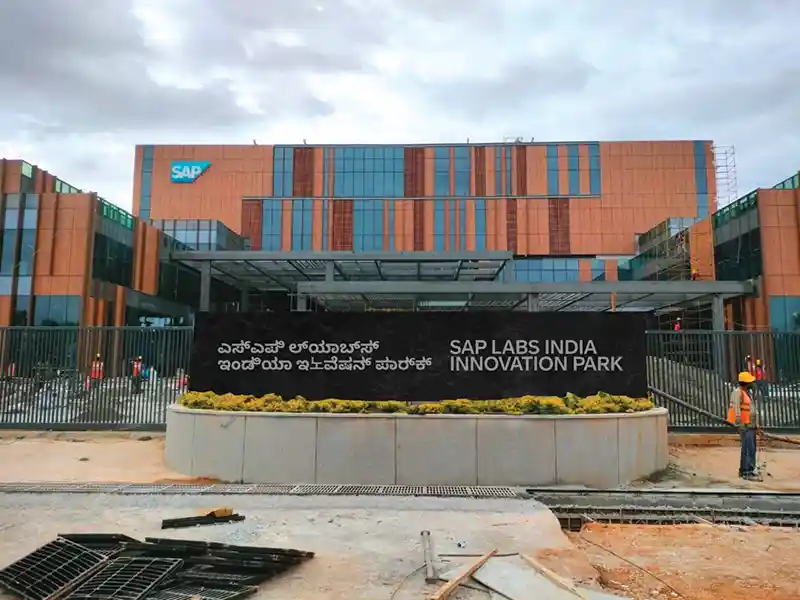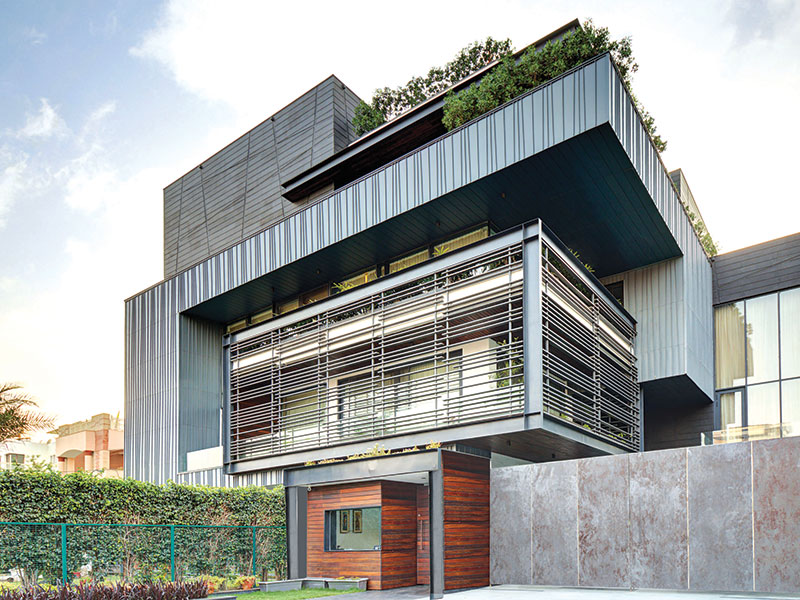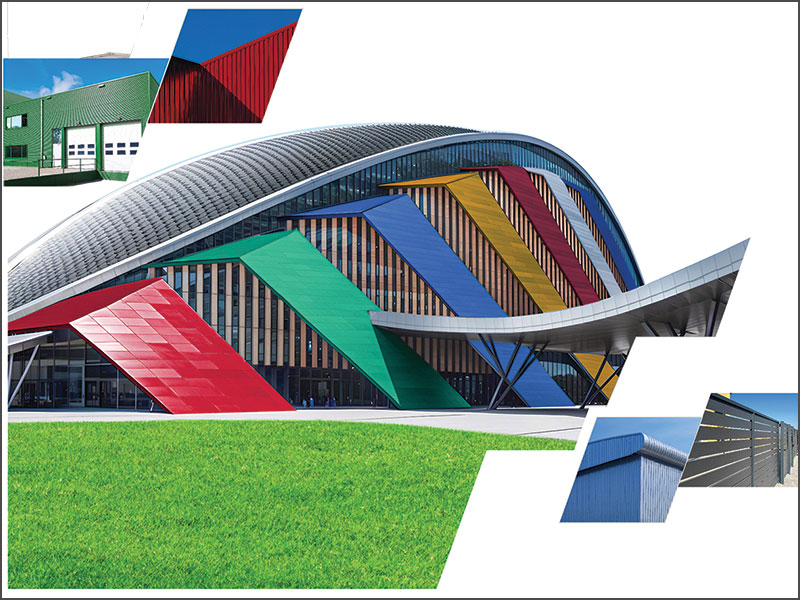In this article, we cover two technologies relevant to glass. These are not new, but their range of applications increases everyday and they provide the answers to some of the basic challenges and advantages of using glass as a building material—in this case, light control, thermal insulation and acoustic insulation.
Smart glass: Light control technology
Though used in several applications ranging from eyewear to rear view mirrors and automotive glass, smart glass that can control light is gaining popularity in building facades as well.What a smart glass does is allows the user to control the light that is transmitted into the room. At one moment, the glass can allow 100% transmittance and this can be brought down to zero. This has a direct bearing on the temperature and heat build up inside the built environment and consequently on heating and cooling bills.
Thus, smart glass can considerably increase the comfort of a space and bring in savings on electricity consumption.
There are essentially three technologies that make this light control possible—liquid crystal (LC), electrochromic (EC) and suspended particle device (SPD).
| Liquid Crystal | EC | SPD | |
| What is it? | Laminated glass with two or more clear or coloured sheets of glass and a liquid crystal film. These are assembled between plastic interlayers. | Two glass panes with several layers sandwiched in between. | Two panes of glass separated by a conductive film with suspended, light absorbing, microscopic particles. |
| How does it work? | In the off condition the window remains a translucent white. However when current is applied it turns relatively clear. | When a low-voltage electrical charge is passed across a microscopically-thin coating on the glass surface, it activates an electrochromic layer which changes colour from clear to dark. The electric current can be activated manually or by sensors which react to light intensity. | With no applied voltage, the [articles are randomly oriented and block light, this remaining in a dark state. When voltage is applied, the particles align with the electric field and allow light through. The amount of light allowed to enter can be controlled by varying the applied voltage. |
| Maximum transmittance | Low | 70% | 80% |
| Disadvantages | No energy benefits, as it requires energy to remain in its clear state. Even in the clear state, the glass is not absolutely clear and transparent. It can only scatter light not block it, thus limiting its application. |
Electrochromic glass responds slowly. Limited cycle lifetime. The "iris effect" in which colour change begins at the outer edges of the window and trickles its way toward the centre. Costs relatively high. Needs over voltage and over voltage protection. |
Electricity is required to keep it in its clear state. |
| Advantages | It does not require electricity to maintain a particular state, only to change it. | The switch-over is instant as compared to EC, where there is a time lag. Quick and precise control is possible. Relatively inexpensive. Long lifetime. |
|
| Applications | Interior uses, such a partitions, displays, bank screens | External facades, windows | External facades, windows |
Intelligent double-skin façade systems
Any number of architects and building owners have wondered, like Richard Rogers did in the '70s—how convenient would it be if a building could change like a chameleon, to meet a range of needs for human comfort?Well, indeed, buildings an adapt themselves to a number of needs, and one of the most powerful tools to do this in recent times is the double-skin façade.
Intelligent façade systems are building envelopes that can automatically change their performances to suit weather conditions. Double-skin facades may be "intelligent" to varying levels. Some are rudimentary and date back to several centuries ago; these act essentially thermal buffers, like box or bay windows. Today, double-skin facades can be designed to satisfy all the comfort needs of a building's occupants, including heating, cooling, lighting, acoustics, ventilation, solar protection, and all this with the use of renewable energy sources.
Classification by cavity type
To bring some order to the understanding of double-skin facades, it might be best to classify them into three types.Closed cavity double-skin facades: In these, the cavity between the two glass skins is completely sealed and the main function of the façade is to be a thermal buffer and an acoustic barrier.
Mechanically ventilated double-skin facades: In this, the interlayer is ventilated mechanically. This not only allows sound insulation but also control over the thermal performance of the façade.
Naturally ventilated double-skin facades: Here the thermal and sound performances are changeable. The additional benefit is that the airflow created by the cavity can be used for natural ventilation of the internal spaces.
Classification by built form
The form of the building also determines the type of cavity that can be created.Multi-storey façade: Here the cavity is undivided through the height of the building, with openings at the bottom and top for control. It offers good sound and thermal insulation, but in these facades the interior spaces are usually mechanically ventilated.
Corridor façade: The cavity is separated horizontally at the floor level. Thermal insulation and ventilation improves, but sound insulation is weak between rooms on the same floor.
Box window façade: Here the cavity is restricted vertically and horizontally. This box-like cavity offers excellent sound and thermal insulation but inadequate ventilation.
Shaft-box façade: The cavity is separated vertically, causing a strong thermal uplift and thus creating good ventilation.
Variable factors that affect the performance of a double-skin façade system
A double-skin façade system is a simple concept but rather complex in execution. Because there are many ways of doing this, the system has to be designed to the specific needs of the structure, climate and requirements.Glass: Like in an insulating glass unit, the type of glass and the thicknesses to be used for the internal surface and the external surface is important.
Surface transparency: The design needs to look at hat percentage of the surface will be transparent and what percentage will be opaque. In this again, the use of materials like glass for transparency and different kinds of metals for opacity are the usual choices.
Depth of cavity: This is an important consideration to determine the extent of insulation and ventilation that can be achieved using such a system.
Sun protection systems: The façade system should also incorporate sun protection devices and the design should specify the type, location and position of these.
Air control elements: For effective ventilation, the exact positions of air intake and extraction need to be determined, along with the systems that will make this happen.
Integration of mechanical HVAC systems: If a mechanical air-conditioning system is being used in conjunction with natural ventilation, this needs to be carefully integrated. Even when using a closed or mechanically ventilated cavity, the insulation achieved by the double-skin needs to be factored into the air-conditioning of the interior spaces.
Most importantly, the double-skin façade system needs to be designed well in advance, as an integral part of the building's conceptual design. It is difficult, expensive and usually ineffective if treated as an add-on.

